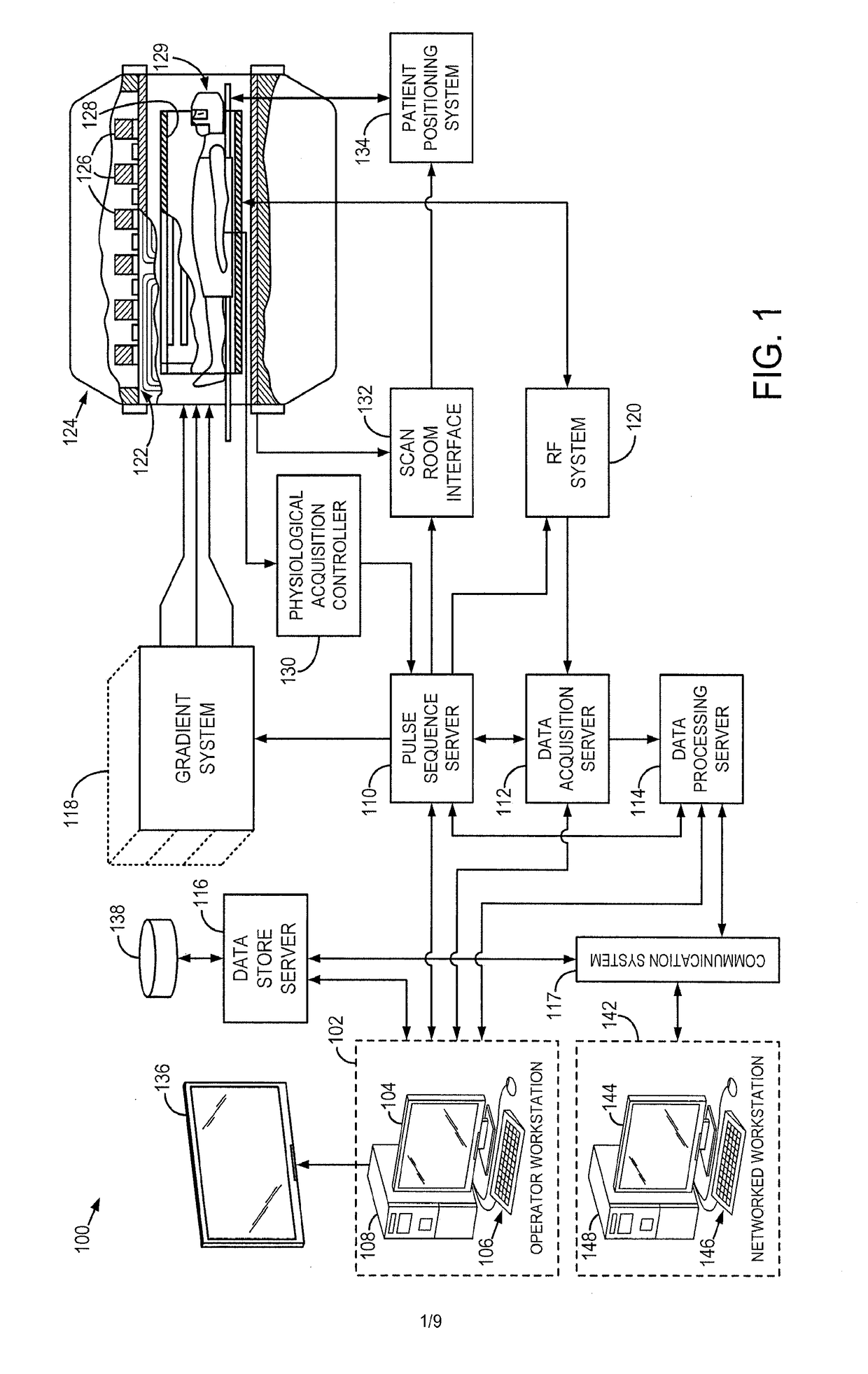System and method for low-field, multi-channel imaging
a multi-channel, low-field technology, applied in the field of coil systems for low-field magnetic resonance imaging, can solve the problems of limited access to high-field mri scanners, large high-field mri systems, and high cost, and achieve high bandwidth, improve operation, and high filling factor
- Summary
- Abstract
- Description
- Claims
- Application Information
AI Technical Summary
Benefits of technology
Problems solved by technology
Method used
Image
Examples
Embodiment Construction
[0021]Clinical MRI scanners are predominantly high-field systems, with the majority of installed MRI scanners operating at 1.5 or 3 tesla (T). The trend in MRI is to further increase the field strength to improve image quality and / or reduce scan times. Additionally, to further reduce scan times, high-field MRI systems often employ parallel acquisition techniques utilizing multiple transmit and / or receive coils. Specifically, multiple receive coils or channels operate simultaneously to detect MR signals in parallel, reducing the amount of time it takes to capture data by a factor related to the number of independent receive coils that are operated in parallel. However, while high-field MRI can provide high resolution images at relatively short scan times, the cost of manufacturing, deploying and maintaining a high-field MRI installment is often prohibitive, resulting in significantly limited availability of high-field MRI systems and preventing their use in many clinical situations.
[...
PUM
 Login to View More
Login to View More Abstract
Description
Claims
Application Information
 Login to View More
Login to View More - R&D
- Intellectual Property
- Life Sciences
- Materials
- Tech Scout
- Unparalleled Data Quality
- Higher Quality Content
- 60% Fewer Hallucinations
Browse by: Latest US Patents, China's latest patents, Technical Efficacy Thesaurus, Application Domain, Technology Topic, Popular Technical Reports.
© 2025 PatSnap. All rights reserved.Legal|Privacy policy|Modern Slavery Act Transparency Statement|Sitemap|About US| Contact US: help@patsnap.com



